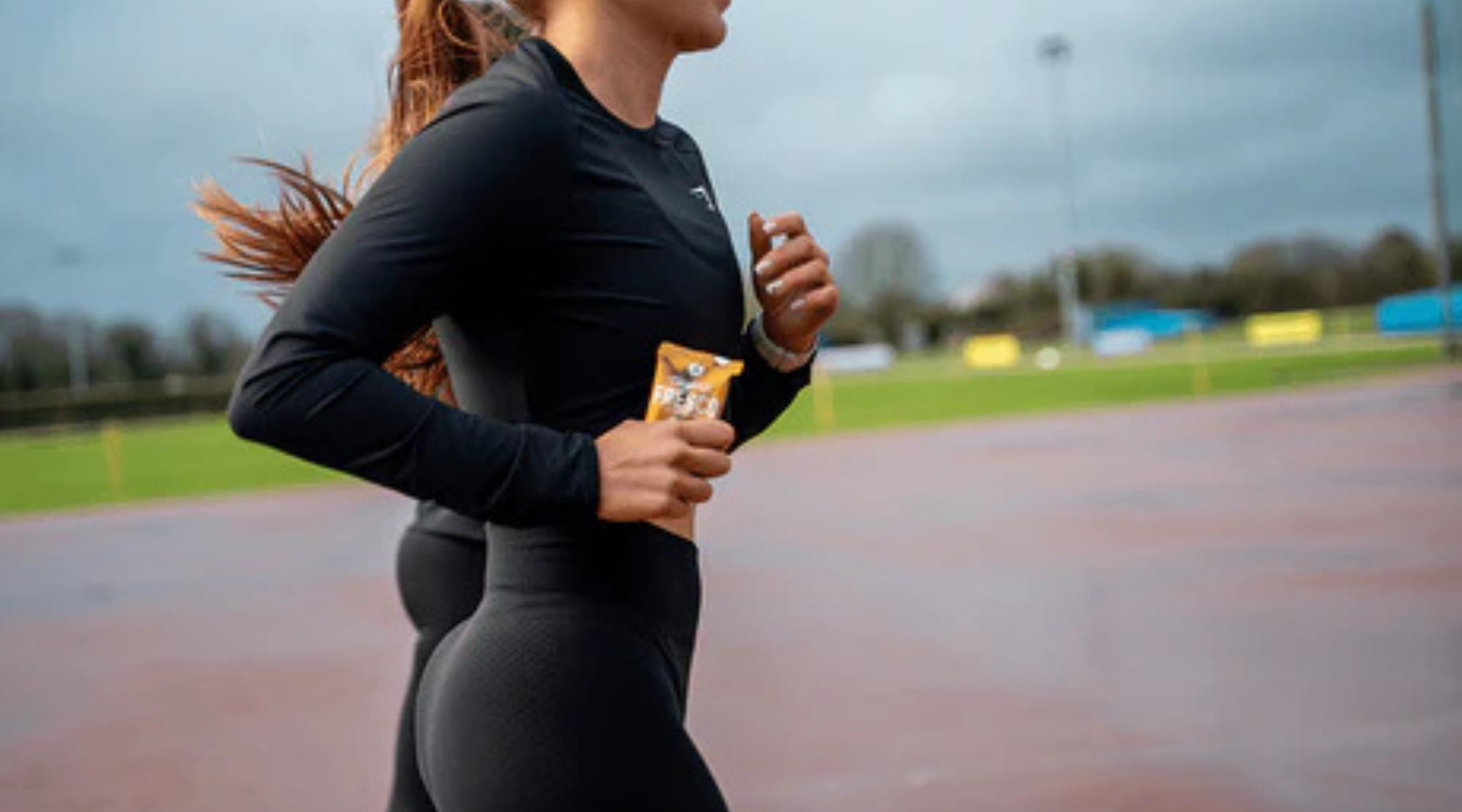
Understanding Energy Deficiency
Many endurance athletes focus heavily on training intensity, mileage, and race prep—but there’s a silent performance killer that’s often overlooked: not eating enough to match energy output. Known as Relative Energy Deficiency in Sport (RED-S), this condition affects both health and athletic performance and can impact runners, cyclists, and triathletes at any level.
What Is RED-S?
RED-S occurs when there’s an ongoing mismatch between energy intake (what you eat) and energy expenditure (what you burn through training and daily activity). This energy imbalance can have wide-ranging effects on performance, recovery, and long-term health.
Signs and Symptoms to Watch For:
-
Low energy availability or chronic fatigue
-
Frequent injuries or slow recovery
-
Hormonal disruptions (e.g., irregular or missing periods in women, low libido or testosterone in men)
-
Mood changes or irritability
-
Decline in endurance, power, or race performance
-
Weakened immune function
-
Low bone density or stress fractures
Who’s at Risk?
While often associated with sports that emphasise leanness or appearance, RED-S can affect anyone training at high volumes without adequate fuelling. Endurance athletes are especially vulnerable due to long sessions, high energy demands, and sometimes mistaken beliefs that “leaner means faster.”
How to Prevent RED-S:
-
Fuel Every Session
Match your energy intake to your training load—especially on long runs, rides, or double-session days.
-
Don’t Skip Recovery Nutrition
Recovery starts with carbs and protein, ideally within 30–60 minutes post-session. Products like Veloforte bars or P30 Recovery make it easy.
-
Listen to Your Body
Persistent fatigue, mood swings, poor sleep, or recurring niggles might be early warning signs.
-
Track Performance, Not Just Weight
Body composition is just one metric. True performance comes from consistent energy, training response, and staying injury-free.
-
Plan Ahead for High-Load Weeks
Increase fuelling when volume or intensity goes up. Don’t let appetite be your only guide—gut-train with products like Neversecond C30 to get in enough fuel when hunger is low.
RED-S isn’t just about under-eating—it’s about under-fuelling relative to your output. Whether you’re preparing for a marathon, gravel race, or multi-day event, sustainable performance starts with properly matched energy intake. Make smart fuelling choices and stay consistent.
